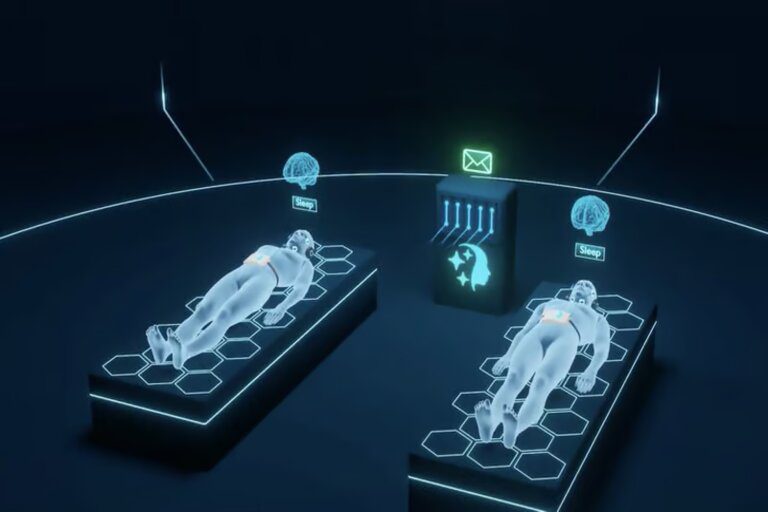
New Study Uncovers How Two People Can Communicate In Their Dreams?
Dreams have long been of interest to scientists and society alike. But now, new research shows something even more exciting: two people can actually communicate with each other while dreaming. According to the research, this connectivity is achieved through the cooperation of neurons in the brain, opening up exciting possibilities for understanding the human mind.
A California-based startup, REMspace, claimed that it succeeded in an experiment involving two individuals who communicated in their dreams on September 24.
The experiment involved two participants, placed in a semi-lucid dream, stimulated by a special program developed by REMspace. It involved monitoring brain waves through sensors and a ‘server’ that could detect when participants entered a lucid dream state.
A California-based firm called REMspace claims to have completed a ground-breaking experiment that would bring Christopher Nolan’s Inception one step closer to reality: it successfully allowed two participants to converse with each other while they were in lucid dream.
This unique experiment could be the beginning of a new era in sleep research, although it’s not yet scientifically proven.
The idea revolves around lucid dreaming, where the person knows they are dreaming, can control their actions during the dream and this happens during the rapid sleep phase (REM), when most dreams occur.
The ability to consciously channel dreams has been a fascinating topic for years, but the use of REMspace takes it a step further by introducing so-called dream-dream communication.
The experiment involved two participants, placed in a semi-lucid dream, stimulated by a special program developed by REMspace. While the company has been tight-lipped about the specific devices it used, it included monitoring brain waves and other biological data through sensors and a ‘server’ that can detect when their participants entered a lucid dream state.
When a participant had a lucid dream, the server sent them a short message through an earpiece. The researchers said their message was captured in a specially developed language. The participant repeated the message during the dream, which was recorded and stored.
Later, the second participant also entered a lucid dream, where they received the stored message from the first participant and repeated it upon waking up.
This science fiction-like process was successfully recreated with another participant, in what REMspace hopes will be a milestone in the field.
The technology behind this experiment was developed by Michael Raduga, founder and CEO of REMspace. Known for his unconventional ideas including trying to implant a microchip in the brain to control dreams, Raduga has long been fascinated by the power of lucid dreaming during his experiment a the latter goes beyond individual experimentation and uses a broader view of how dreams can be used for different purposes.
Raduga believes this dream communication technology has great potential. It can be used in psychotherapy, where individuals may be able to experience or deal with emotions in a controlled dream state. It can also be used in skills training, helping people learn jobs in their dreams, with interventions like real-life training.
Although REMspace’s results have aroused interest, a thorough scientific analysis of the experiment has not yet been conducted. Nevertheless, Raduga is optimistic about the technology’s future and audaciously asserts that lucid dreaming may overtake artificial intelligence (AI) as the next major industry. If successful, this might lead to the emergence of new sectors and push the limits of communication and sleep research.


